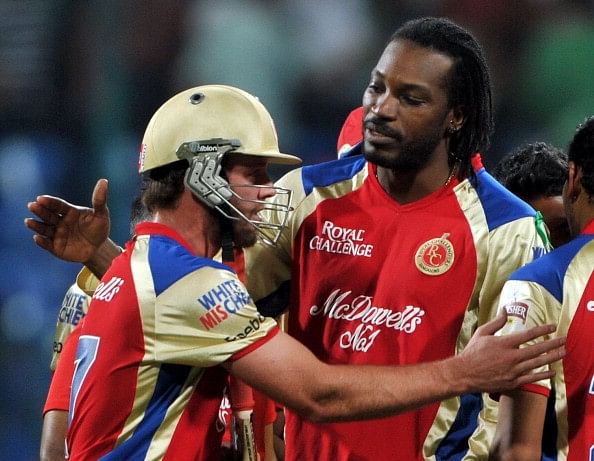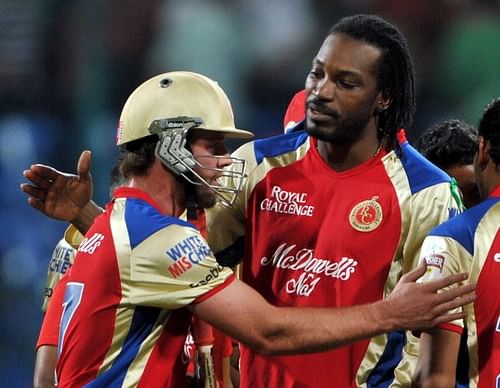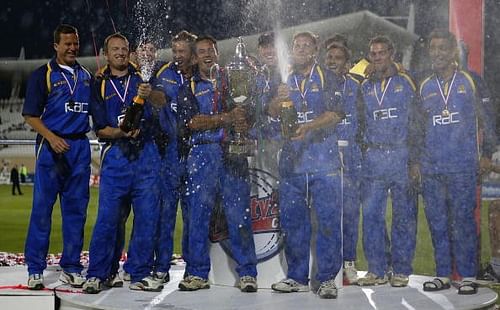
Tracing the origins of T20 cricket

1877 and 1971. Two random years. No connection between them, nothing at all. Except one little thing. These are the years which gave birth to the the first two formats of a sport called Cricket. 1877 was when Test Cricket started. There were only two teams playing it back then, England and Australia.
As time progressed, other teams started coming onto the International scene. West Indies came, South Africa came, New Zealand came, India came. The sport was growing. The teams were few, the matches were few, those playing the sport in these countries were few, but they were increasing gradually. Cricket was becoming more popular. Cricket was growing.
Cricket, then, was not time bound. Matches carried on, for days and days, until there was a result. The game was a product of it’s surroundings. The matches were long and slow. There is a reason for that. It was due to the pace of life back then. People had a lot of time, they could watch matches spread over days, their life was not as hectic as it is now. So, Test Cricket flourished. And the people started loving it. It’s popularity kept on increasing, those wanting to play it kept on increasing.
Test Cricket continued as the sole format of the game until 1971. This was when One day international (ODI) cricket began. With life becoming more fast paced, people had less time to indulge themselves in watching a sport spread over 5-6 days. The number of people flocking to the stadium to watch matches reduced, those listening to commentary on the Radio reduced. People didn’t have the time, didn’t have the energy to follow long and slow games.
To counter all of this, ODI cricket began. It was shorter, it was faster and it was more appealing to a larger section of the population. The matches were supposed to end in one day, with each team batting for a maximum of 60 overs(later reduced to 50 overs). Runs were scored at a faster rate, the dull periods in a match were lesser, it was more exciting and it didn’t take much time.
This format helped cricket in many ways. It attracted new spectators, it attracted newer countries to play the game, it attracted major companies to invest in the game, it attracted money, a lot of it and it gave rise to the first global cricketing event, the World Cup. With the expansion of ODI cricket, the game grew much more and much faster than ever before. It seemed that this would be the format that would continue Cricket’s expansion, that this would be the format that would bring in newer spectators, newer countries, that this would be the format that would bring in money to the game, that this would be the-the format that everyone will have the time and patience to watch. It did all of that, but only for a limited period of time, much lesser than what was expected
By the early 2000’s, even 50 overs seemed too long. There was a lot of unnecessary, boring cricket going on, the excitement of ODI’s had disappeared, it was not attracting newer people, the stadiums were rarely packed, the television ratings fell, the interest levels fell, the game stagnated. Much like ODI’s in the 1970’s, the game needed a new format to spread it to other parts of the world, to make it more appealing to the people, to attract more money, to help it grow even more. In 2003, England introduced that new format. They called it Twenty20 cricket.
T20 Cricket - It’s beginning in England
The year is 1998. The England & Wales Cricket Board is worried. The attendance at the county matches is dwindling. The Benson & Hedges Cup is not attracting people. It is not attracting sponsors either. They are not earning money through ticket sales, nor through sponsorships. They need to do something to revive their domestic cricket. They propose a new 20 over a side format. The MCC laughs at it, rejects it. So do the counties. The ECB forget about it. The attendance drops even further, so do the sponsorships.
The ECB brings up the idea again. In 2001. This time, they are more resolute. They invest £200,000 in market research. The studies show that two-thirds of the population don’t have any interest in cricket, but half of them would be able to tolerate shorter matches played during the evenings. The ECB take this study to the counties and the MCC and it is approved. Twenty20 cricket is born. The year 2003 can now be added to 1877 and 1971.

This is not looked at as an important form of the game. The aim is for it to be fun, with cheerleaders, good food, alcohol, loud music. It is supposed to be like a picnic, like a family outing, where even those who don’t follow the game come to have a good time. It is not meant to be serious cricket. It is not. The administrators don’t treat it that way, the spectators don’t treat it that way, the broadcasters don’t treat it that way, the players don’t treat it that way. But it is a major success. The ticket sales increase phenomenally, the stadiums are packed, the television ratings touch new highs, sponsors are attracted to it, they make larger investments, the broadcasters earn higher revenues from advertisements, the players earn more money, they are happy, the spectators are happy, the administrators are happy, everyone is happy.
In the next five years, Twenty20 cricket brings about a revolution in the way the game is played. The success of the format in England is followed by it’s introduction in Pakistan, Australia and the West Indies amongst others. The year is 2006. And all of these countries have T20 tournaments of their own. They are carried out like the first-class matches or the domestic one-dayers, with state teams or counties playing against each other. All of this is about to change. The T20 World Cup scheduled for 2007 changed cricket forever.
The first T20 international was played in 2005. It was Australia taking on New Zealand. It did not feel like an international match. Both teams wore jerseys that resembled the ones they wore in the 1980’s. Some of the New Zealanders even wore wigs and fake moustaches in an effort to recreate the retro look. Glenn McGrath bowled an underarm ball. The umpire Billy Bowden issued him a red card. This was not real cricket. But in the space of a few years, it changed Cricket.